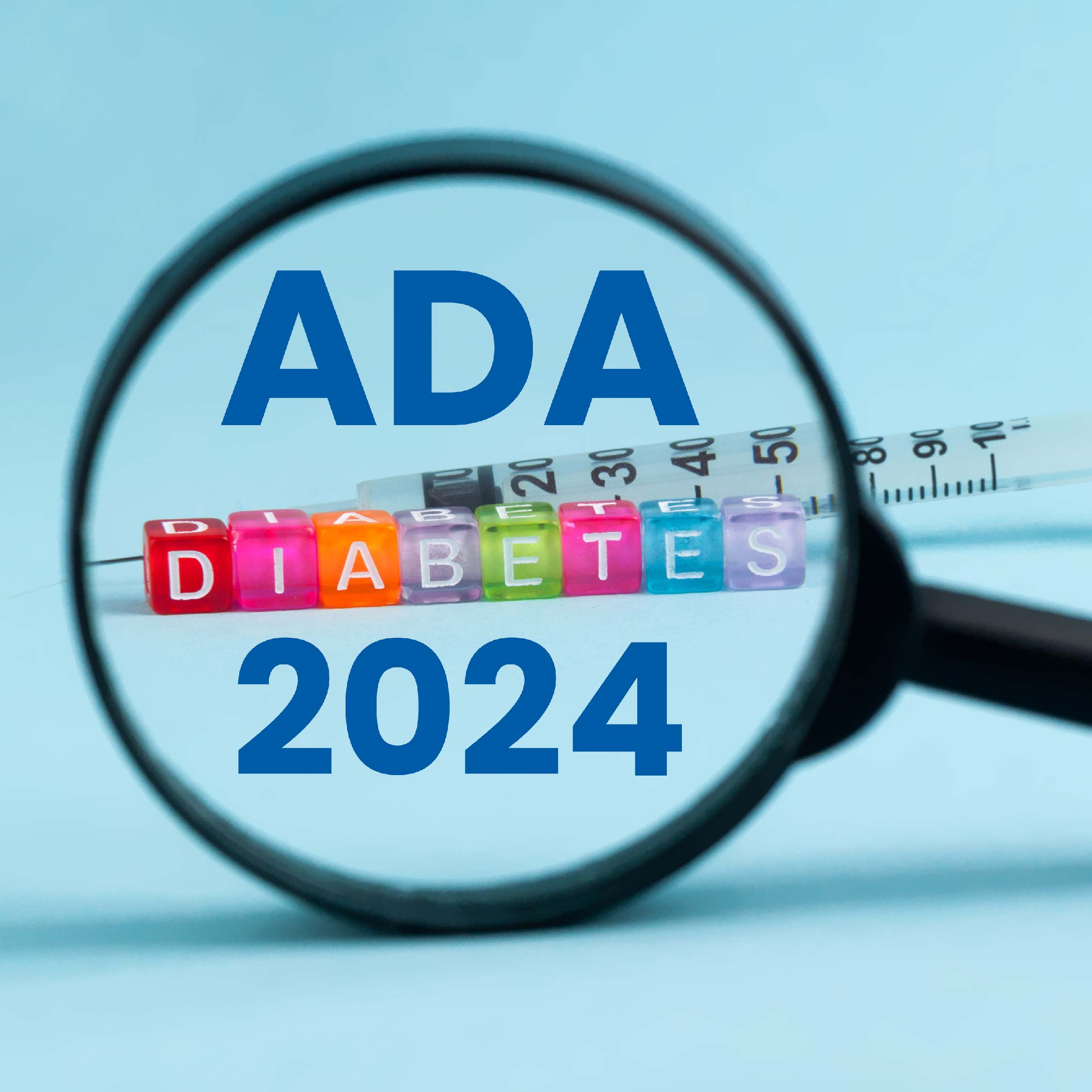ADA 2023: Clinical and Demographic Characteristics of Patients with Coexistent Type 2 Diabetes, Hypertension, and Dyslipidemia—Results from the Largest Retrospective EMR Study from India
The presence of end-organ damage caused by diabetes, dyslipidemia, and hypertension increases the susceptibility of patients to cardiovascular diseases (CVD). However, there is insufficient data on the coexistence of these three conditions, known as triple disease, in India.
This was a retrospective multicentre, cross-sectional database study to evaluate the demographic and clinical profile of adult patients having coexistent type 2 DM, dyslipidaemia, and hypertension in India. Patients who had type 1 diabetes mellitus, familial hypercholesterolemia, or pregnancy were excluded from the study.
Data for 6,722,173 patients aged 18 years and above, registered between January 2021 and December 2021 were extracted from Electronic medical record. Among these patients, 427835(6.36%) individuals were identified as having concurrent hypertension, type 2 diabetes mellitus, and dyslipidemia. The average age of these patients was 59.92 years, with males comprising 57% of the group. The mean body mass index (BMI) was 28.07 kg/m2, and 73% of the patients had a BMI above the normal (>24.99).
The average systolic blood pressure (SBP) and diastolic blood pressure (DBP) were observed to be 138.81 mmHg and 82.17 mmHg, respectively. Only 10% of the patients had a normal SBP, while 28% had a normal DBP. The mean value of HbA1c was 8.35%, with only 27% of the patients having an HbA1c level below 7%. The results showed that the mean levels of LDL cholesterol, total cholesterol, and triglycerides were 98.38 mg/dL (with 44% of patients achieving optimal control), 174.75 mg/dL (with 28% achieving optimal control), and 181.42 mg/dL (with 56% achieving optimal control), respectively. Regarding hypertension treatment, ARBs were the most commonly prescribed medication (25%), followed by a combination of anti-hypertensive drugs with diuretics (14%). Statin medications were widely used, with 38% of patients receiving statin monotherapy and 56% receiving statins in combination with other drugs. For diabetes management, biguanides were prescribed to 74.6% of patients, while a combination of biguanides and sulphonylureas was used in 41% of patients.
Hence, the study indicates that the control of triple disease in India is insufficient despite treatment. Therefore, there is a necessity to enhance the optimization of triple disease management.
1250-P. American Diabetes Association (ADA) 83rd Scientific Sessions, 23rd-26th June 2023, San Diego, CA,



